Seligman’s PERMA+ Model Explained: A Theory of Wellbeing
 The pursuit of happiness is one that humans have been working toward since the beginning of time.
The pursuit of happiness is one that humans have been working toward since the beginning of time.
Yet the concept of “happiness” is often hard to accurately define.
Living the good life, flourishing, self-actualization, joy, and purpose are words that come to mind with happiness. Is it possible to experience any of these in the middle of a chaotic world and negative circumstances? Can we learn to grow or find skills that lead to this “good life?”
Positive psychology takes you through the countryside of pleasure and gratification, up into the high country of strength and virtue, and finally to the peaks of lasting fulfillment, meaning and purpose.
Seligman, 2002
This article will outline the PERMA+ model and the theory of wellbeing, and provide practical ways to apply its components in your private practice or personal life.
Before you continue, we thought you might like to download our three Happiness & Subjective Wellbeing Exercises for free. These detailed, science-based exercises will help you or your clients identify sources of authentic happiness and strategies to boost wellbeing.
This Article Contains:
- What Is Seligman’s PERMA+ Model?
- P – Positive Emotion
- E – Engagement
- R – Positive Relationships
- M – Meaning
- A – Accomplishments/Achievements
- The Plus (+) in PERMA
- Training in PERMA+: 3 Options
- 3 PERMA+ Activities & Interventions
- 4 Helpful Questionnaires and Questions to Ask
- PositivePsychology.com’s Relevant Resources
- A Take-Home Message
- References
What Is Seligman’s PERMA+ Model?
Abraham Maslow (1962) was one of the first in the field of psychology to describe “wellbeing,” with his characteristics of a self-actualized person. The description of self-actualization is a foreshadowing of the PERMA model, which outlines the characteristics of a flourishing individual and Wellbeing Theory (WBT).
In 1998, Dr. Martin Seligman used his inaugural address as the incoming president of the American Psychological Association to shift the focus from mental illness and pathology to studying what is good and positive in life. From this point in time, theories and research examined positive psychology interventions that help make life worth living and how to define, quantify, and create wellbeing (Rusk & Waters, 2015).
In developing a theory to address this, Seligman (2012) selected five components that people pursue because they are intrinsically motivating and they contribute to wellbeing. These elements are pursued for their own sake and are defined and measured independently of each other (Seligman, 2012).
Additionally, the five components include both eudaimonic and hedonic components, setting WBT apart from other theories of wellbeing.
These five elements or components (PERMA; Seligman, 2012) are
- Positive emotion
- Engagement
- Relationships
- Meaning
- Accomplishments
The PERMA model makes up WBT, where each dimension works in concert to give rise to a higher order construct that predicts the flourishing of groups, communities, organizations, and nations (Forgeard, Jayawickreme, Kern, & Seligman, 2011).
Research has shown significant positive associations between each of the PERMA components and physical health, vitality, job satisfaction, life satisfaction, and commitment within organizations (Kern, Waters, Alder, & White, 2014).
PERMA is also a better predictor of psychological distress than previous reports of distress (Forgeard et al., 2011). This means that proactively working on the components of PERMA not only increases aspects of wellbeing, but also decreases psychological distress.
Watch this video where Seligman discusses the PERMA model.
P – Positive Emotion

Positive emotions include hope, interest, joy, love, compassion, pride, amusement, and gratitude.
Positive emotions are a prime indicator of flourishing, and they can be cultivated or learned to improve wellbeing (Fredrickson, 2001).
When individuals can explore, savor, and integrate positive emotions into daily life (and visualizations of future life), it improves habitual thinking and acting. Positive emotions can undo the harmful effects of negative emotions and promote resilience (Tugade & Fredrickson, 2004).
Increasing positive emotions helps individuals build physical, intellectual, psychological, and social resources that lead to this resilience and overall wellbeing.
Ways to build positive emotion may include:
- Spend time with people you care about (Kok et al., 2013).
- Do hobbies and creative activities that you enjoy (Conner et al., 2018).
- Listen to uplifting or inspirational music (Juslin & Sakka, 2019).
- Reflect on things you are grateful for and what is going well in your life (Emmons & McCullough, 2003).
E – Engagement
According to Seligman (2012), engagement is “being one with the music.” It is in line with Csikszentmihalyi’s (1989) concept of “flow.” Flow includes the loss of self-consciousness and complete absorption in an activity. In other words, it is living in the present moment and focusing entirely on the task at hand.
Flow, or this concept of engagement, occurs when the perfect combination of challenge and skill/strength is found (Csikszentmihalyi & LeFevre, 1989).
People are more likely to experience flow when they use their top character strengths. Research on engagement has found that individuals who try to use their strengths in new ways each day for a week were happier and less depressed after six months (Seligman, Steen, Park, & Peterson, 2005).
The concept of engagement is something much more powerful than simply “being happy,” but happiness is one of the many byproducts of engagement.
Ways to increase engagement:
- Participate in activities that you really love, where you lose track of time when you do them (Bonaiuto et al., 2016).
- Practice living in the moment, even during daily activities or mundane tasks (Belitz & Lundstrom, 1998).
- Spend time in nature, watching, listening, and observing what happens around you (Petersen et al., 2021).
- Identify and learn about your character strengths, and do things that you excel at (Lai et al., 2018).
R – Positive Relationships

Relationships in the PERMA model refer to feeling supported, loved, and valued by others. Relationships are included in the model based on the idea that humans are inherently social creatures (Seligman, 2012). There is evidence of this everywhere, but social connections become particularly important as we age.
The social environment has been found to play a critical role in preventing cognitive decline, and strong social networks contribute to better physical health among older adults (Siedlecki et al., 2014).
Many people have a goal of improving relationships with those they are closest to. Research has demonstrated that sharing good news or celebrating success fosters strong bonds and better relationships (Siedlecki et al., 2014). Additionally, responding enthusiastically to others, particularly in close or intimate relationships, increases intimacy, wellbeing, and satisfaction.
How to build relationships:
- Join a class or group that interests you.
- Ask questions of the people you don’t know well to find out more about them.
- Create friendships with people you are acquainted with.
- Get in touch with people you have not spoken to or connected with in a while.
M – Meaning
Another intrinsic human quality is the search for meaning and the need to have a sense of value and worth. Seligman (2012) discussed meaning as belonging and/or serving something greater than ourselves. Having a purpose in life helps individuals focus on what is really important in the face of significant challenge or adversity.
Having meaning or purpose in life is different for everyone. Meaning may be pursued through a profession, a social or political cause, a creative endeavor, or a religious/spiritual belief. It may be found in a career or through extracurricular, volunteer, or community activities.
A sense of meaning is guided by personal values, and people who report having purpose in life live longer and have greater life satisfaction and fewer health problems (Kashdan et al., 2009).
Ways to build meaning:
- Get involved in a cause or organization that matters to you (Tang et al., 2022).
- Try new, creative activities to find things you connect with.
- Think about how you can use your passions to help others.
- Spend quality time with people you care about.
A – Accomplishments/Achievements

A sense of accomplishment is a result of working toward and reaching goals, mastering an endeavor, and having self-motivation to finish what you set out to do. This contributes to wellbeing because individuals can look at their lives with a sense of pride (Seligman, 2012).
Accomplishment includes the concepts of perseverance and having a passion to attain goals. But flourishing and wellbeing come when accomplishment is tied to striving toward things with an internal motivation or working toward something just for the sake of the pursuit and improvement (Quinn, 2018).
Achieving intrinsic goals (such as growth and connection) leads to larger gains in wellbeing than external goals such as money or fame (Seligman, 2013).
Ways to build accomplishment:
- Set goals that are SMART – specific, measurable, achievable, realistic, and time bound (Falecki et al., 2018).
- Reflect on past successes.
- Look for creative ways to celebrate your achievements.
The Plus (+) in PERMA
Yet happiness goes beyond just these five elements, and the + can include other important areas we well, such as optimism, nutrition, physical activity and sleep. These are areas equally important to mental wellbeing.
Optimism
Optimism is a positive emotion critical to building resilience and wellbeing. Optimism is the belief that life will have more good outcomes than bad. People who are optimistic are more likely to be resilient to stressful life events (Carver, Scheier, & Segerstrom, 2010).
Optimistic people tend to live longer, have better postoperative outcomes and lower levels of depression, and adjust better to college life (Carver et al., 2010).
Encouraging youth to become more resilient would build help in establishing a more optimistic outlook on life. Our article, How to Build Resilience in Children, as well as Teaching Resilience in Schools, are great starting points to have youth who are optimistic, resilient, and can handle life’s stressful events better.
Physical activity
Physical activity has been linked to wellbeing in numerous ways. Negative emotions are associated with an increased risk of physical disease and poor health habits, and people with mental illness are more likely to be physically inactive (Hyde, Maher, & Elavsky, 2013).
There are obvious physical benefits to being active, but increasing movement or activity also decreases symptoms of depression, anxiety, and loneliness and improves mental focus and clarity (Hyde et al., 2013).
Read our article on Cognitive Health, to understand the connection between exercise and mental wellbeing.
Nutrition
Poor nutrition leads to physical health problems such as obesity, diabetes, heart disease, and even cancer, but there is significant research demonstrating a relationship between diet and mental health (Stranges, Samaraweera, Taggart, Kandala, & Stewart-Brown, 2014).
Eating a balanced diet rich in vegetables and nutrients (and limiting processed or sugary foods) has been associated with wellbeing. High levels of wellbeing were reported by individuals who ate more fruits and vegetables (Stranges et al., 2014). A review of research on children and adolescents found that a poor diet (high levels of saturated fat, refined carbohydrates, and processed foods) was linked to poorer mental health (O’Neil et al., 2014).
So what should we eat? There are many “super foods” found in nature, such as berries, cruciferous vegetables, avocados, nuts, and seeds. A Mediterranean diet that is high in vegetables, fruits, legumes, nuts, beans, cereals, grains, fish, and unsaturated fats has been shown to reduce depression symptoms and provides an array of physical health benefits (Parletta et al., 2017).
Sleep
Neuroimaging and neurochemistry research suggests that good sleep hygiene fosters mental and emotional resilience, and sleep deprivation leads to negative thinking and emotional vulnerability (Harvard Medical School, 2019). Further, sleep problems are more likely to affect people with psychiatric disorders and may increase the risk of developing mental illness.
Particularly, insomnia increases the risk of developing depression.
Getting seven to nine hours of quality sleep during the same hours every night is recommended (Harvard Medical School, 2019). Lifestyle changes such as avoiding caffeine, nicotine, and alcohol; getting physical activity; decreasing screen time; and using the bedroom only for sleep and sex can improve sleep quality.
Relaxation techniques and cognitive behavioral techniques to reduce stress and anxiety can also be effective ways to improve sleep and overall wellbeing.
Training in PERMA+: 3 Options

Training in PERMA can be helpful for improving performance, building resilience, and increasing success and life satisfaction. Here are three options for obtaining training in PERMA.
The Penn Resilience Program and PERMA workshops
The Penn Resilience Program and PERMA workshops are evidence-based training options that strive to build resilience, wellbeing, and optimism. The workshops are designed to offer practical skills for individuals, teams, and organizations that reduce mental health issues and improve quality of life.
The SAHMRI Wellbeing and Resilience Centre
The Wellbeing and Resilience Centre aims to decrease mental illness by improving mental health and wellbeing. With the understanding that wellbeing is multi-dimensional, PERMA+ is the foundation used to train leaders how to deliver skills and interventions to the community.
The Science of Happiness Course
Offered through UC Berkeley, the Science of Happiness Course, with an optional certificate, focuses on all aspects of PERMA without actually focusing on the acronym.
The course discusses research on happiness (positive emotions, engagement, relationships, meaning, and achievements) and provides practical activities to improve and measure individual happiness and wellbeing.
Martin Seligman designed the PERMA model to conceptualize the main factors contributing to wellbeing (Seligman, 2012). Research has found positive associations between the PERMA components and improved health and life satisfaction (Kern et al., 2014).
The PERMA model includes five elements:
P – Positive Emotions
Positive Emotion is much more than happiness. Positive emotions include hope, joy, love, compassion, amusement, and gratitude. Positive emotions are a prime indicator of flourishing (Fredrickson, 2001) and can be cultivated. However, this does not mean we need to repress negative emotions. Instead, we can accept all emotional experiences but expose ourselves to situations where positive emotions arise naturally.
E – Engagement
According to Seligman, engagement is being one with the music (2012). Engagement is similar to the concept of flow. It refers to a loss of self-consciousness and complete absorption in an activity. It is mindfully focusing on the task at hand.
R – Relationships
Relationships encompass all the interactions individuals have with partners, friends, family members, and their community at large. This part of the model refers to feeling supported, loved, and valued by others.
M – Meaning
Meaning is defined as belonging and serving something greater than ourselves. Having a purpose helps individuals focus on what is important in the face of significant challenges or adversity (Seligman, 2012).
A – Accomplishments
A sense of accomplishment results from mastering an endeavor and working towards goals. Achievements contribute to wellbeing because individuals can look at their lives with a sense of pride.
3 PERMA+ Activities & Interventions
PERMA activities and interventions are applicable to individuals suffering from mental health disorders as well as those who simply want to improve levels of flourishing. The following interventions can be implemented during any point in a treatment program or as standalone activities to increase wellbeing.
1. Your character strengths
Find your character strengths using the VIA Survey. Much of the research on PERMA uses the assessment of these 24 character strengths.
Learning your unique character strengths can help guide you into meaningful activities (engagement) and work (accomplishment).
2. Track and measure success
This worksheet helps clients set goals and track progress. Often, we take the first step in setting goals but do not take the time to reflect on the emotions elicited when we have achieved them.
3. Gratitude journal
One of the most common activities mentioned throughout research on flourishing and wellbeing is the impact of gratitude. This article about creating a Gratitude Journal provides comprehensive background information and specific details and activities to implement a gratitude journal or routine into daily life.
4 Helpful Questionnaires and Questions to Ask

Not only do they provide a way to measure wellbeing, but they are another way to track the effectiveness of interventions and therapeutic techniques.
The following assessments can also offer ideas for specific or individual questions that help clients gain insight and self-awareness.
1. PERMA Profiler
The PERMA Profiler is an extensive questionnaire from the University of Pennsylvania that assesses each of Seligman’s (2012) components of wellbeing or flourishing.
This can be an excellent resource to assess clients as they progress through therapy, coaching, or interventions in positive psychology or counseling.
2. The Workplace PERMA Profile
The Workplace PERMA Profile is created by the same authors as the individual PERMA Profiler, but it is designed to assess groups and organizations.
Leaders can use this to assess workers or teams and improve wellbeing in the environment, which will lead to better performance.
3. PURPOSE+ PERMA Profiler
This PURPOSE+ PERMA Profiler is a quick online assessment that asks relevant questions related to each component of PERMA.
It is a fast and efficient way to assess and compare levels of wellbeing. It will email the results directly to you and compares your PERMA scores with other people in the same demographic. The questions asked in the short survey also provide a great starting point for therapy, coaching, or consulting.
4. The Flourishing Scale
The Flourishing Scale asks participants to rate themselves on specific areas of wellbeing. Flourishing is one of the most important components of resilience and wellbeing.
This scale can be used as a tool for motivational interviewing to inspire ideas for self-improvement, or it can be used as an assessment to track progress. The full description of the scale, with scoring, can be accessed in the Positive Psychology Toolkit©.
PositivePsychology.com’s Relevant Resources
Our Positive Psychology Toolkit© provides a wealth of resources that cover the full range of components from Wellbeing Theory and PERMA. The assessments, exercises, and activities can be implemented and integrated into any stage of therapy or as standalone activities.
1. Strengths for Altruism
The Strengths for Altruism worksheet, available in the Toolkit, is helpful once an individual has identified their strengths. We all have strengths and have a choice of what we do with them. Using strengths in an altruistic way can promote engagement, relationship, and meaning.
2. Gratitude Letter
Creating a Gratitude Letter is one of the most effective exercises used in the PERMA model. Just like the gratitude journal mentioned earlier, fostering gratitude can significantly improve all aspects of PERMA (positive emotions, engagement, relationships, meaning, and accomplishment). To make the letter specific to Wellbeing Theory, gratitude can be targeted to each of the five areas.
3. Build an Emotions Portfolio
This free Emotions Portfolio tool is a great resource to help clients build a database or toolbox of positive emotions. Hope, gratitude, awe, joy, and inspiration are positive emotions that have been linked to wellbeing and are explored here.
4. 17 Happiness Exercises
If you’re looking for more science-based ways to help others develop strategies to boost their wellbeing, this collection contains 17 validated happiness and wellbeing exercises. Use them to help others pursue authentic happiness and work toward a life filled with purpose and meaning.
A Take-Home Message
We all want to experience a higher level of wellbeing and “flourish” in life. The PERMA+ model is an evidence-based approach to improve “happiness” and decrease anxiety, depression, and stress.
Many activities can be used to systematically increase positive emotions, engagement, relationships, meaning, and achievement (PERMA). The good thing is that the areas of PERMA can be mutually exclusive, but in most ways, they are not. For example, by using mindfulness exercises to increase engagement, one will probably also experience more positive emotion and meaning in life.
We hope you enjoyed reading this article. Don’t forget to download our three Happiness Exercises for free.
[Reviewer’s update:
Citations of new research have been added where appropriate.]
- Belitz, C., & Lundstrom, M. (1998). The power of flow: Practical ways to transform your life with meaningful coincidence. Harmony.
- Bonaiuto, M., Mao, Y., Roberts, S., Psalti, A., Ariccio, S., Ganucci Cancellieri, U., & Csikszentmihalyi, M. (2016). Optimal experience and personal growth: Flow and the consolidation of place identity. Frontiers in Psychology, 7.
- Carver, C. S., Scheier, M. F., & Segerstrom, S. C. (2010). Optimism. Clinical Psychology Review, 30(7), 879–889.
- Conner, T. S., DeYoung, C. G., & Silvia, P. J. (2018). Everyday creative activity as a path to flourishing. Journal of Positive Psychology, 13(2), 181–189.
- Csikszentmihalyi, M., & LeFevre, J. (1989) Optimal experience in work and leisure. Journal of Personality and Social Psychology, 56(5), 815–822.
- Emmons, R. A., & McCullough, M. E. (2003). Counting blessings versus burdens: An experimental investigation of gratitude and subjective well-being in daily life. Journal of Personality and Social Psychology, 84(2), 377–389.
- Falecki, D., Leach, C., & Green, S. (2018). PERMA-powered coaching: Building foundations for a flourish life. In S. Green & S. Palmer (Eds.), Positive psychology coaching in practice. Routledge.
- Forgeard, M. J., Jayawickreme, E., Kern, M., & Seligman, M. (2011). Doing the right thing: Measuring wellbeing for public policy. International Journal of Wellbeing, 1(1), 79–106.
- Fredrickson, B. L. (2001). The role of positive emotions in positive psychology: The broaden-and-build theory of positive emotions. American Psychologist, 56(3), 218–226.
- Harvard Medical School. (2019). Sleep and mental health. Harvard Mental Health Letter. Retrieved from https://www.health.harvard.edu/newsletter_article/sleep-and-mental-health
- Hyde, A. L., Maher, J. P., & Elavsky, S. (2013). Enhancing our understanding of physical activity and wellbeing with a lifespan perspective. International Journal of Wellbeing, 3(1), 98–115.
- Juslin, P. N., & Sakka, L. S. (2019). Neural correlates of music and emotion. In M. H. Thaut & D. A. Hodges (Eds.), The Oxford handbook of music and the brain (pp. 285–332). Oxford University Press.
- Kashdan, T. B., Mishra, A., Breen, W. E., & Froh, J. J. (2009). Gender differences in gratitude: Examining appraisals, narratives, the willingness to express emotions and changes in psychological needs. Journal of Personality, 77(3), 691–730.
- Kern, M., Waters, L., Alder, A., & White, M. (2014). Assessing employee wellbeing in schools using a multifaceted approach: Associations with physical health, life satisfaction and professional thriving. Psychology, 5(6), 500–513.
- Kok, B. E., Coffey, K. A., Cohn, M. A., Catalino, L. I., Vacharkulksemsuk, T., Algoe, S. B., Brantley, M., & Fredrickson, B. L. (2013). How positive emotions build physical health: Perceived social connections account for the upward spiral between positive emotions and vagal tone. Psychological Science, 24(7), 1123–1132.
- Lai, M. K., Leung, C., Kwok, S. Y. C., Nui, A. N. N., Lo, H. H. M., Leung, J. T. Y., & Tam, C. H. L. (2018). A multidimensional PERMA-H positive education model, general satisfaction of school life, and character strengths use in Hong Kong senior primary school students: Confirmatory factor analysis and path analysis using the APASO-II. Frontiers in Psychology, 9.
- Maslow, A. (1962). Toward a psychology of being. D. van Nostrand.
- O’Neil, A., Quirk, S. E., Housden, S., Brennan, S. L., Williams, L. J., Pasco, J. A., & Jacka, F. N. (2014). Relationship between diet and mental health in children and adolescents: A systematic review. American Journal of Public Health, 104(10), 31–42.
- Parletta, N., Zarnowiecki, D., Cho, J., Wilson, A., Bogomolova, S., Villani, A., … O’Dea, K. (2017). A Mediterranean-style dietary intervention supplemented with fish oil improves diet quality and mental health in people with depression: A randomized controlled trial. Nutritional Neuroscience, 22(1), 1–14.
- Petersen, E., Bischoff, A., Liedtke, G., & Martin, A. J. (2021). How does being solo in nature affect well-being? Evidence from Norway, Germany and New Zealand. International Journal of Environmental Research and Public Health, 18(15), 7897.
- Quinn, A. (2018, February 3). Theory of well-being: Elements and interventions. GoodTherapy Blog. Retrieved from https://www.goodtherapy.org/blog/theory-of-well-being-elements-interventions-0203184
- Rusk, R. & Waters, D. (2015). A psycho-social system approach to well-being: Empirically deriving the five domains of positive functioning. The Journal of Positive Psychology, 10(2), 141–152.
- Seligman, M. E. (2002). Authentic happiness: Using the new positive psychology to realize your potential for lasting fulfillment. Free Press.
- Seligman, M. E. (2012). Flourish: A visionary new understanding of happiness and well-being. Atria Paperback.
- Seligman, M. E. (2013). Building the state of well-being: A strategy for South Australia. Government of South Australia.
- Seligman, M. E., Steen, T. A., Park, N., & Peterson, C. (2005). Positive psychology progress: Empirical validation of interventions. American Psychologist, 60(5), 410–421.
- Siedlecki, K. L., Salthouse, T. A., Oishi, S., & Jeswani, S. (2014). The relationship between social support and subjective wellbeing across age. Social Indicators Research, 117(2), 561–576.
- Stranges, S., Samaraweera, P. C., Taggart, F., Kandala, N. B., & Stewart-Brown, S. (2014). Major health related behaviors and mental wellbeing in the general population: The health survey for England. BMJ Open, 4(9).
- Tang, J., Li, X., Zhang, X. (2022). The eudemonic wellbeing of volunteers in a public health emergency: COVID-19 in China. Frontiers in Psychology, 13.
- Tugade, M., & Fredrickson, B. L. (2004). Resilient individuals use positive emotions to bounce back from negative emotional experiences. Journal of Personality and Social Psychology, 86(2), 320–333.
Let us know your thoughts
Read other articles by their category
- Body & Brain (49)
- Coaching & Application (57)
- Compassion (26)
- Counseling (51)
- Emotional Intelligence (24)
- Gratitude (18)
- Grief & Bereavement (21)
- Happiness & SWB (40)
- Meaning & Values (26)
- Meditation (20)
- Mindfulness (45)
- Motivation & Goals (45)
- Optimism & Mindset (34)
- Positive CBT (28)
- Positive Communication (20)
- Positive Education (47)
- Positive Emotions (32)
- Positive Leadership (18)
- Positive Parenting (4)
- Positive Psychology (33)
- Positive Workplace (37)
- Productivity (16)
- Relationships (46)
- Resilience & Coping (36)
- Self Awareness (21)
- Self Esteem (37)
- Strengths & Virtues (31)
- Stress & Burnout Prevention (34)
- Theory & Books (46)
- Therapy Exercises (37)
- Types of Therapy (64)
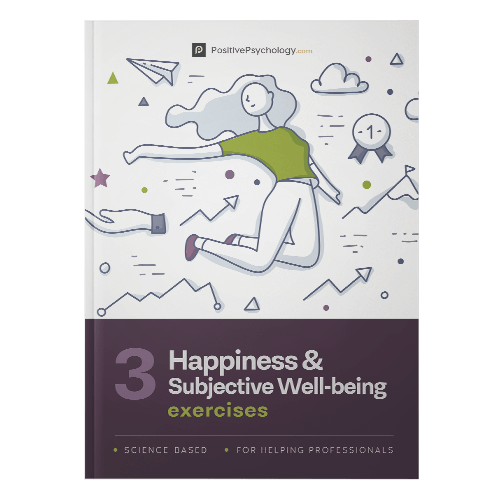
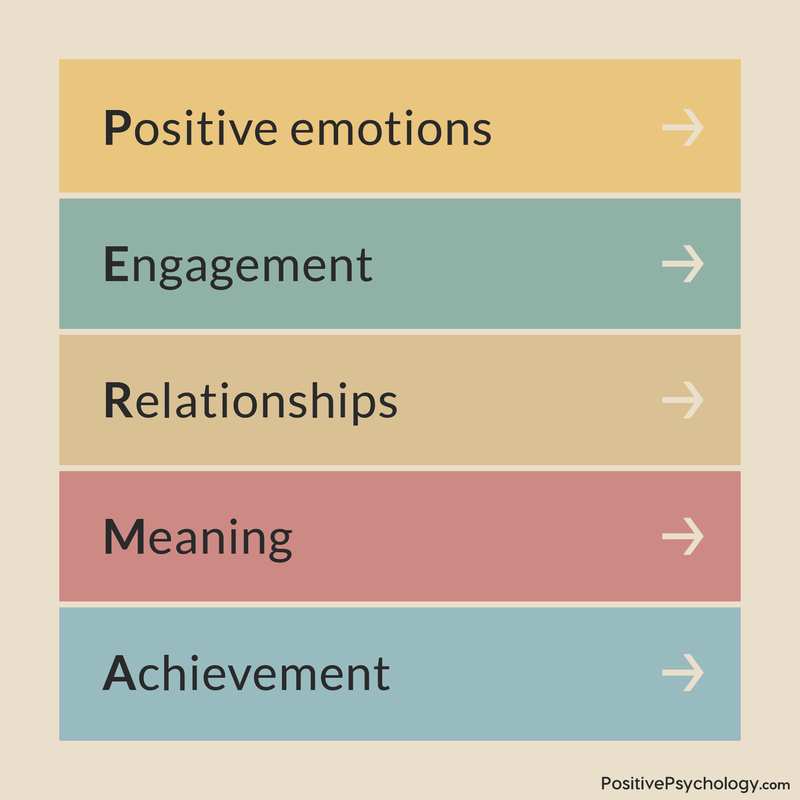
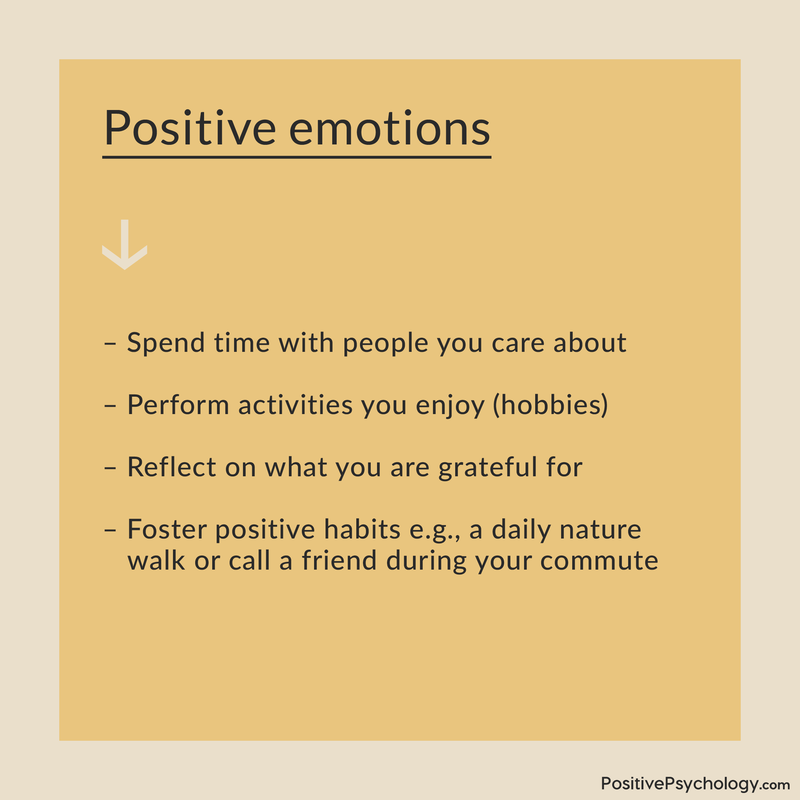
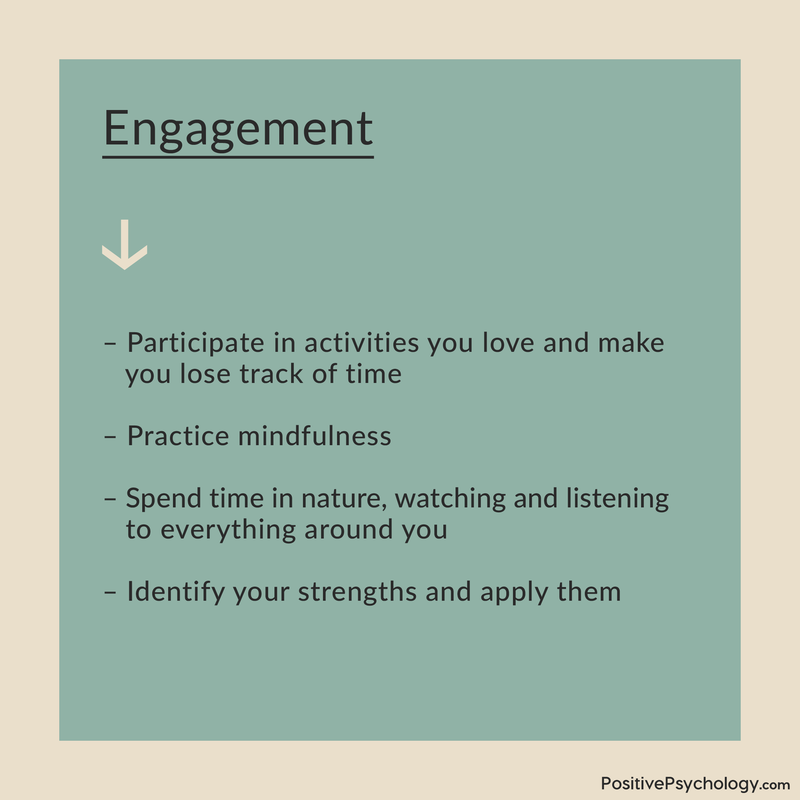
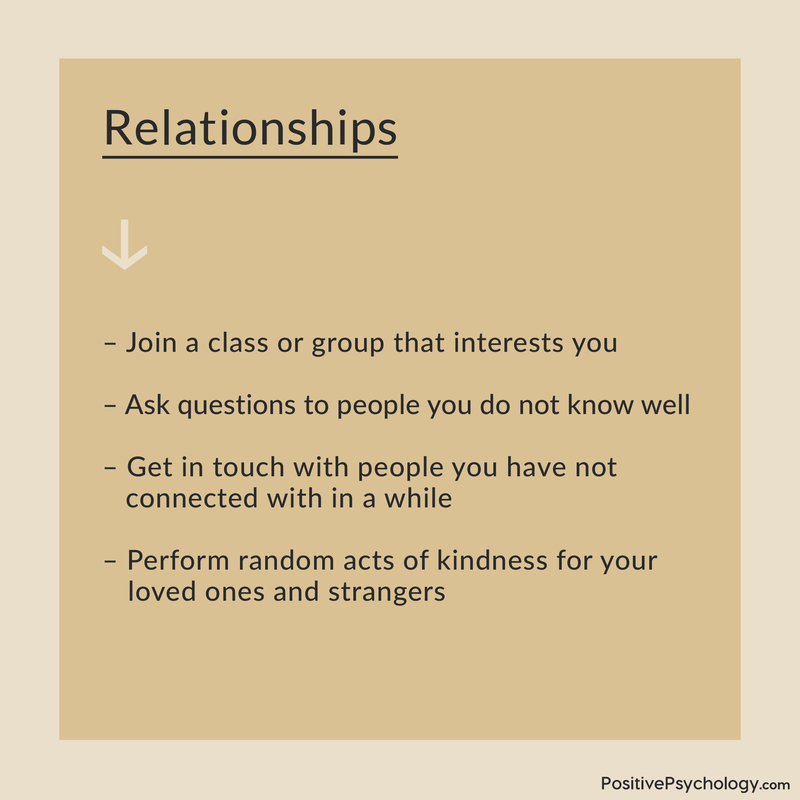
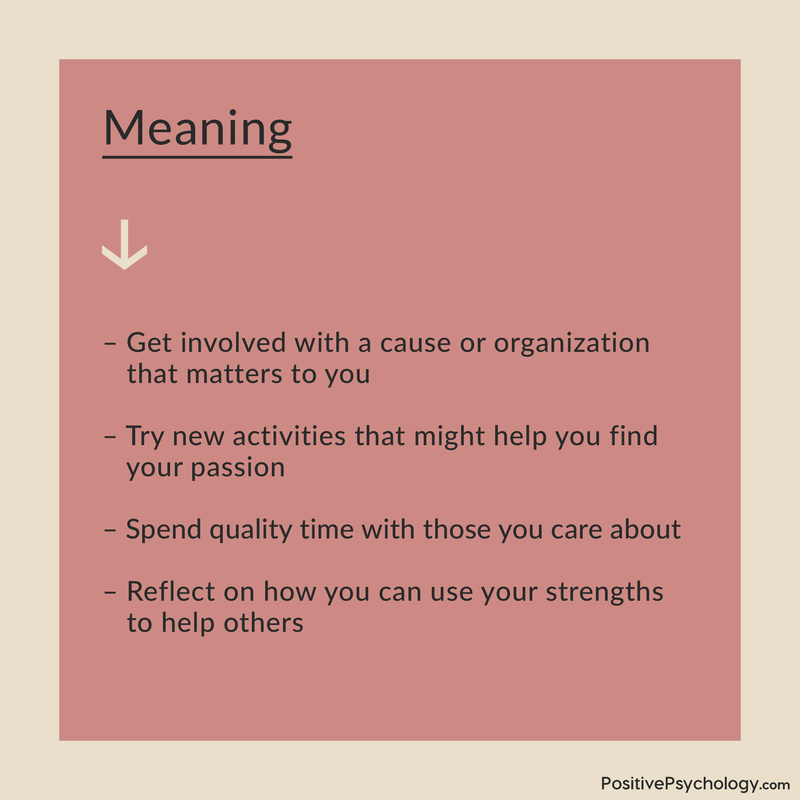
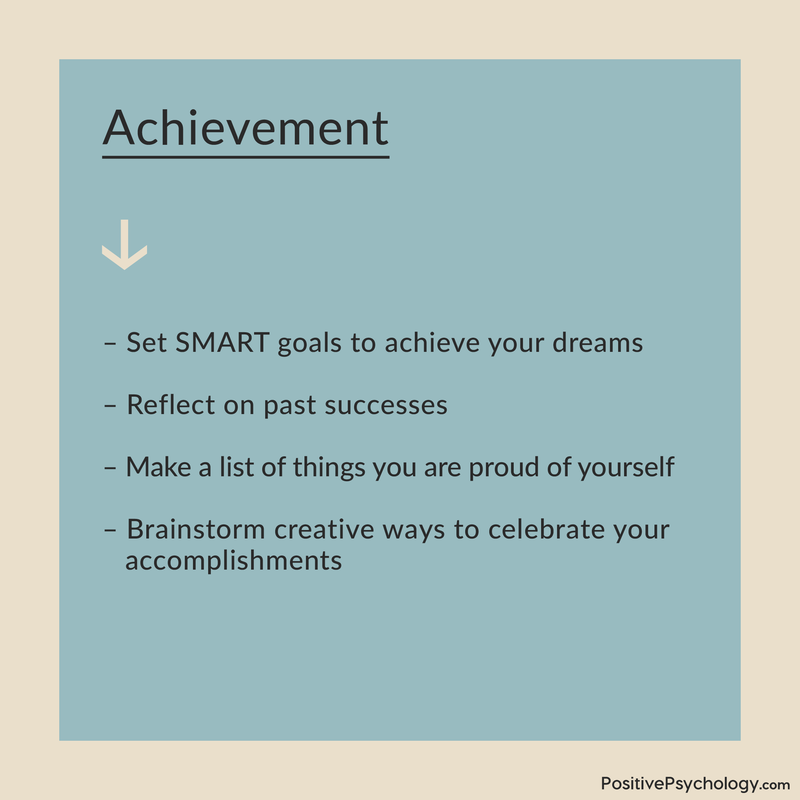
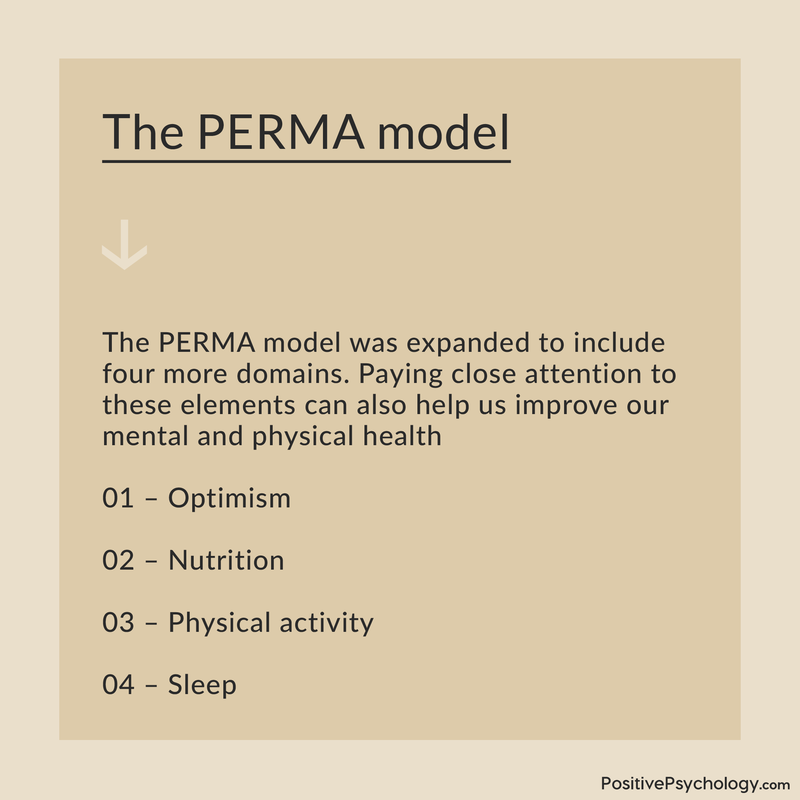
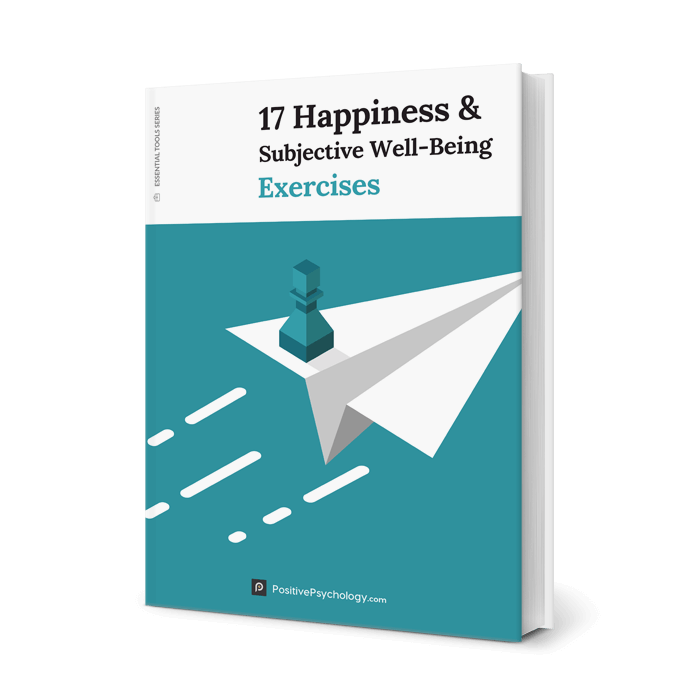



What our readers think
Life is what we do while we prepare for life.
Every choice has consequence(s) in that moment.
Happiness is an illusion.
Sensacional , estou grato pelo o conhecimento absorvido e sem fala os estudos e pesquisas que aprende relacionados a saúde mental e espiritual.
Obrigado!
Thank you so much!
So valuable for everyone especially for youth .Hoping to create a happy world in future!
Very usefull
It’s really interesting especially the video